How to Establish a Coaching Agreement?
What is a coaching agreement?
When you enter a store there is a shop assistant who asks you: “How can I help you?”. When you take a taxi, the taxi driver asks you: “Where would you like to go?”. In any professional relationship, the probability of a successful outcome is highly dependant on the professional’s understanding of what the client seeks. Without this understanding the shop assistant has a very low chance of recommending you the right product, the taxi driver has a very low chance of taking you where you want to go, and the coach has a very low chance of making the conversation useful.
How to start?
You might have been thinking about asking your client: “How can I help you?”. I would not recommend this question. The common answer to this one would be: “Do I look like I need help?”, when you ask people how can you help them, they associate help with someone who is not doing a good job, someone who is weak, so accepting help might be viewed as a failure. We do not want to put our clients into this position and also we are not here to help people. We know the client is OK, the client has resources to move forward and that change is happening all the time. We are here to have a conversation that might be useful.
What difference does it make?
Offering a useful conversation instead of help makes a huge difference for the client. No one wants help but everyone wants something useful. Therefore the way to start a conversation with the client might be:
- What would you like to achieve out of this conversation?
- How would you know that it was useful to you?
- What would tell you that this was a good use of your time?
The Best Hopes Question
The Best Hopes question is one of the many ways how to open up a conversation in a solution-focused way. It was developed by Evan George, Chris Iveson, and Harvey Ratner at BRIEF Therapy UK Limited which is the world’s leading center for solution-focused practice. What are your best hopes out of this conversation? It is used by leading solution-focused practitioners around the world because this question is very brief and directly steers the attention toward outcomes expected as a result of the work together.
Process vs Outcome
Some practitioners ask “What would you like to talk about ?” that question will usually encourage people to talk about a problem. “How would you like to spend this time together?” is another common way coaches open up a conversation. The client might reply “I would just like to talk about my job.” While this might be interesting information it is not sufficient for a solution-focused practitioner as it describes a process rather than an outcome. The SF coach will need to follow up on this with another question.
Coach: How would you like to spend this time together?
Client: I would just like to talk about my job.
Coach: And what do you hope it would lead to?
Client: I hope I would feel that someone listens to me.
Coach: If we talked about your job so you feel that someone listens to you, what difference would it make outside of this conversation?
Client: Well, I hope the situation would get more stable.
Directly to the point
The coach had to go on and ask a couple more questions to elicit the desired outcome from the client. This does not mean that it is fundamentally wrong but we as solution-focused practitioners should keep in mind, that the client is the central focus of our work. Therefore we should seek paths that are most beneficial to the client. These are rarely the paths that take unnecessary detours. As the saying goes, “Time is Money!”.
Coach: What are your best hopes from this conversation?
Client: I hope that my work would get more stable.
By asking the Best Hopes question we steer the focus towards outcome by asking what the hopes of the clients are rather than how to spend time. Another important thing to notice is that we ask about hopes out of this conversation not about hopes for this conversation. This might look like a detail, in fact, it is a detail and solution-focused conversations are about details. This detail makes a difference that the client focuses on the world outside of this conversation, the only world that truly matters.
Coach: What are your best hopes for this conversation?
Client: Yeah I hope it will be fun and I enjoy it!
This is not super useful information for the work together. Indeed it’s nice to hear that the client wants to enjoy the talk but it does not give any direction to both parties on which way to go. Therefore “What are your best hopes from our work together?”.
What should the client hope for?
Solution Focus is not a theoretical model that tells us how should people behave, what should they think. There is no theory behind solution-focused practice that would try to explain or interpret human life. You might view the solution-focused approach as the most pragmatic way of having conversations. To have a useful conversation is our best hope.
The client wants to change the world
But what if the client comes to the session and says that he hopes to change the world? How should the coach react to that? Maybe you thought about telling the client to come up with something “realistic”. Remember that we are not experts on what the client is capable to achieve, we as coaches do not judge and assume. Therefore it is not our role to tell anyone if their hopes are too big or too small.
On the other hand, we always establish a contract with the client to maximize the probability of a useful outcome. To have a contract that includes changing the world would be very unwise as it would significantly hinder constructive work together. Simply because we cannot change the world during our conversation with the client. So what to do?
Look for the outcome
Sometimes we ask for an outcome but we get a response that might still need further inquiry. When the client says he wants to change the world, a possible reaction from the coach might be, “What difference would it make to you?” the client might say that this would make a huge difference because he would finally be able to “do his own thing”. This “doing his own thing” might be something the client truly seeks as an outcome and can be agreed with the coach to be worked on.
Coach: What are your best hopes from our work together?
Client: I would like the world to change.
Coach: What difference would it make?
Client: That would be amazing, I could do my own thing!
Coach: So you would like to do your own thing.
Client: Yes, of course. That’s my dream.
At this point, the coach can continue building on the “doing my own thing” outcome and leave out changing the world.
Get options
Another way how a conversation might unfold is this.
Coach: What are your best hopes from our work together?
Client: I would like my colleagues to get fired.
Coach: And what difference would it make?
Client: Then I would be finally able to do my job properly.
Coach: And how might today’s conversation be useful so you are able to do your job properly?
When the outcome “do my job properly” is mentioned, it opens up options. The coach and the client can work together towards this outcome and firing colleagues can be perceived as just one of the ways to achieve this outcome. If the coach would accept firing colleagues as the basis of the work together, it leaves no room for exploring different pathways.
Direct communication
One of the competencies of a coach is to communicate directly with the client. In a situation when the client wants others to change, a possible reaction from a coach might be to communicate directly to the client.
Coach: What are your best hopes from our work together?
Client: I would like the world to change.
Coach: Well, I’m sure that would be nice, unfortunately if the world changes or not is something not fully dependant on us. What would be your best hopes from our work together even if it at the end it does not lead to the world being changed?
Client: Well, if I at least know how to react to other people when I am in a challenging situation, that would be great.
Coach: To know how to react to other people when you are in a challenging situation.
Client: Yes.
In this case, the coach decided to communicate directly to the client that this outcome is outside their area of control.
The conclusion is that in a Solution-focused approach we do not pretend to possess any expert knowledge that would give us a superpower to assess people and decide what the client is deemed to want based on theoretical models. The solution-focused approach is purely based on what the client wants.
Minimalism in SF
“If you want to get from point A to a point B, but know no details of the terrain in between, the best thing to do is assume that you can go from A to B by following a straight line. If that assumption proves faulty and you run into huge mountains, then you need to look for a pass that is as close as possible to your original straight line. As William of Ockham might say, never introduce complex descriptions when simple ones will do.” (de Shazer, 1986)
Minimalism is at the heart of solution-focused practice, we want to get to the destination by taking the most straightforward path.
What difference does it make?
The difference that it makes is that we limit the time spent with the client to the shortest possible. And what difference does this make? The client has resources and the client is ok. We do not have to fix the clients or save them. Therefore we want to limit the time spent with the client so that client can continue without us. Avoiding the creation of dependency on us is one of our goals.
Assume nothing
There are multiple different ways how to solve problems. Numerous models, methods, and strategies suggest different steps. Some might start analyzing the client’s problem then take some time for assessment and then decide on the next steps. Imagine that you have a client that wants to improve team communication, you might start analyzing why does he want to do that, what is stopping him. Then when you finish your analysis you might decide to talk more about his motivation to do his job as you assume that the problem might be something else.
Follow a straight line
While this is indeed an interesting approach, it takes unnecessary detours on the way to solving the problem. Great approach for a consultant paid by hours, not that great for the client’s pocket. Whatsmore, the number of assumptions that are created on the go when fitting the client’s case into our models and theories is high. The more assumptions the more we diverge from reality.
The solution-focused practitioners will always keep their assumptions out of the conversation and expect that this conversation might be the last one. Our client makes decisions about where to go and how to get there. The solution-focused coach is just a partner.
“There are no guarantees, but I will do my best, and I hope you will too.” Steve de Shazer
Problem-solving contract
Another trap that needs to be avoided is working with a problem-solving contract. You might agree with the client to get rid of the bad habits in the communication. While this might sound like a great thing to work at, it is a risky business. Coach and the client know nothing about the destination where they want to get. They have no idea what should replace those habits.
It’s like taking a taxi and telling the driver that you do not want to go downtown. The driver might say “Yeah, I understand, I hate downtown also!”, and starts driving the taxi towards his favorite location. Working with negative contracts can give coaches a feeling that they know what is the desired state because it must be the opposite of the not desired state. This is rarely true. By driving the clients around the city expecting that they will somehow arrive where they want to get is a suboptimal approach, but guess who pays the bill?
The common project
The coach should seek to establish an agreement about the work together. This has been described by Harry Korman as the common project.
There should be three elements in this agreement in order to enhance the probability of a successful outcome.
- The contract must represent something that the client wants to achieve or to change in her life.
- The thing that the client wants to change or to achieve must be something that fits within the legitimate remit of the coach.
- The thing that the client wants to change or to achieve must be something that the coach and client working well together could hope to achieve.
(Korman, 2004)
What does ICF say?
The International Coach Federation lists “Co-creating the Relationship” as one of the coach’s core competencies. “Establishes and Maintains Agreements” is part of this competency defined as “Partners with the client and relevant stakeholders to create clear agreements about the coaching relationship, process, plans, and goals. Establishes agreements for the overall coaching engagement as well as those for each coaching session.”(International Coaching Federation, 2020)
Three points that I would like to mention are:
- Partners with the client to identify or reconfirm what they want to accomplish in the session
- Partners with the client to define what the client believes they need to address or resolve to achieve what they want to accomplish in the session
- Partners with the client to define or reconfirm measures of success for what the client wants to accomplish in the coaching engagement or individual session
The solution-focused way
Coach: What are your best hopes from our work together?
Client: I hope to improve my communication.
Coach: And how would you know that today’s conversation was somehow useful for you to improve the communication?
Client: If I would know how to express my thoughts clearly in big meetings then I would know that it was useful.
Coach: And what might be some signs at the end of this conversation that you know how to express your thoughts clearly?
Client: If I had a couple of new ideas to try next week then I think this would be a good sign that I know it.
Summary
Solution Focus is a non-normative way of having a conversation. There is no way of knowing how people should be or what should they want. It solely depends on the clients what they want. The coach seeks to establish a common understanding of what the client hopes to achieve out of this work together, how would the client know today’s conversation was useful and what observable signs would tell him that it has been achieved.
References
- Iveson, C., George, E., & Ratner, H. (2012). Brief Coaching: A Solution Focused Approach. Routledge.
- International Coaching Federation. (2020). Core Competencies. International Coaching Federation.
- International Coaching Federation. (2020). ICF Definition of Coaching. International Coaching Federation.
- de Shazer, S. (1986). Minimal Elegance.
- Korman, H. (2004). The common project. Sikt.
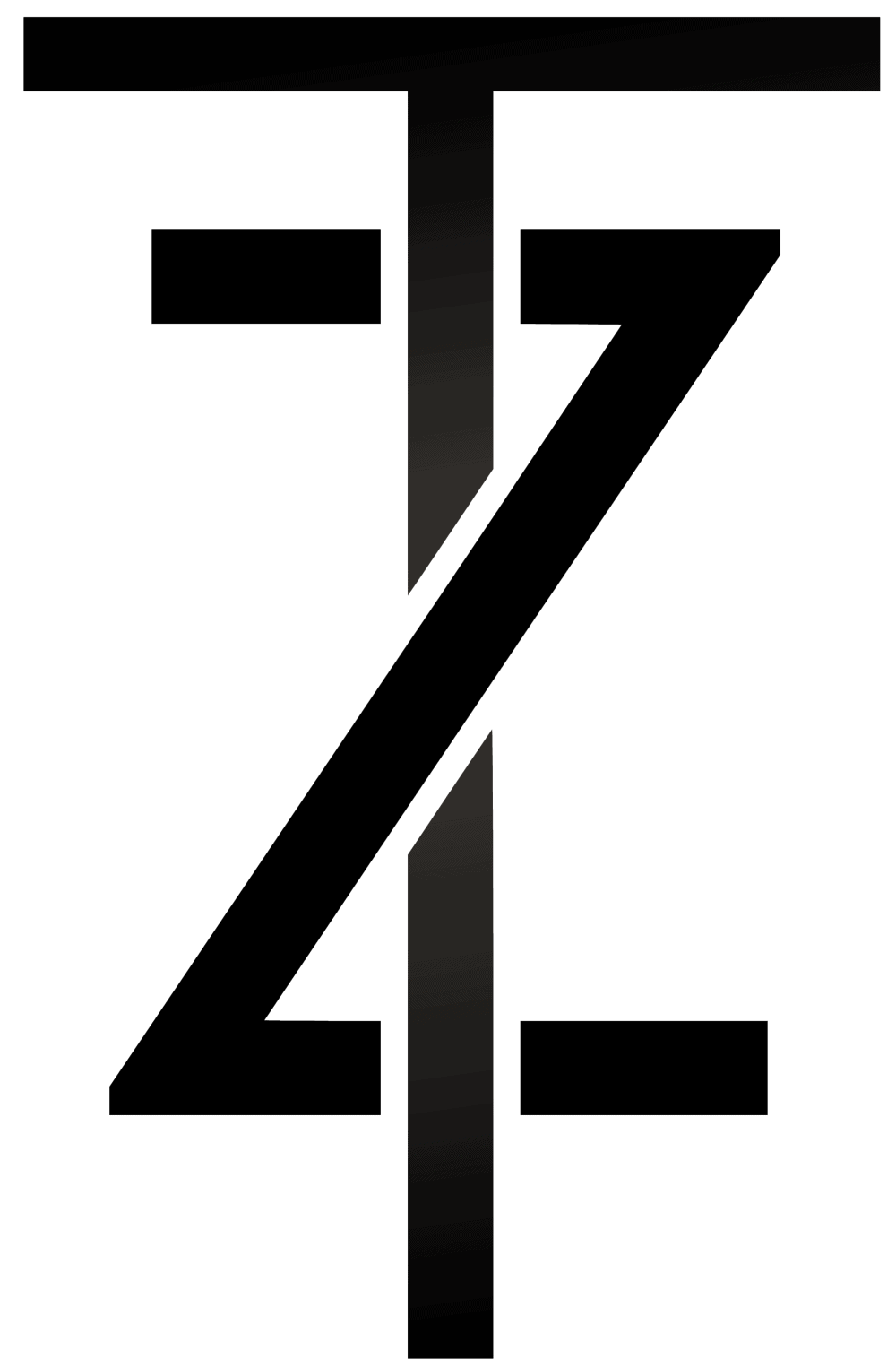
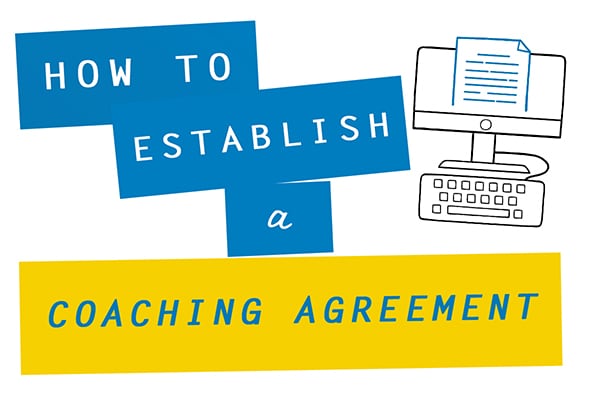
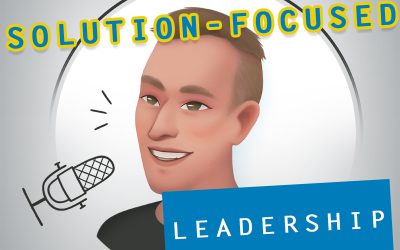
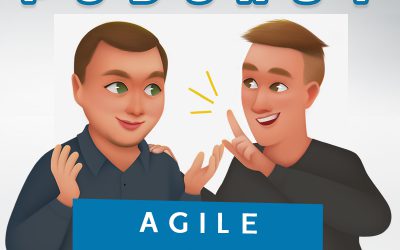
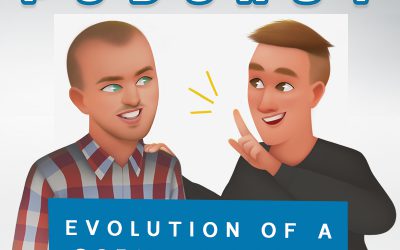
0 Comments